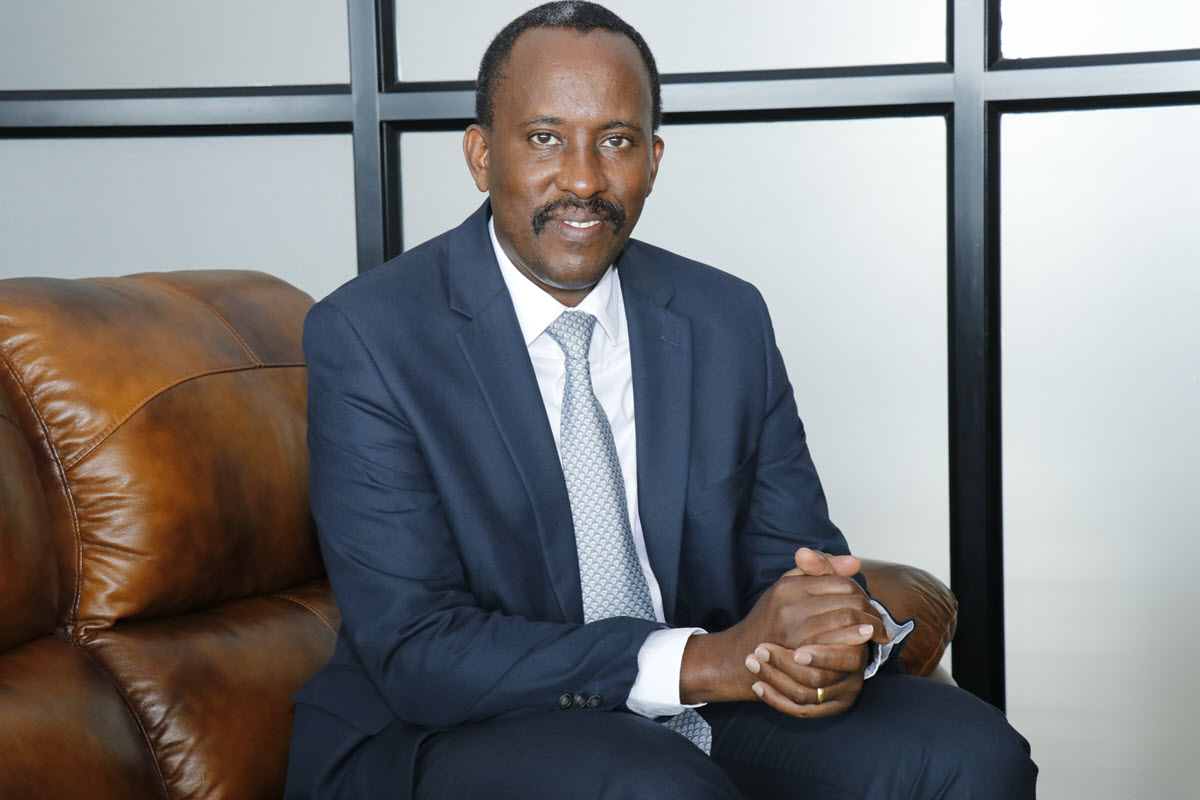UGANDA, Kampala | Real Muloodi News | Mr John R. Musinguzi, Commissioner General of Uganda Revenue Authority (URA), recently authored an article in the Daily Monitor about Uganda’s path to economic self-sufficiency through domestic revenue mobilisation.
Domestic revenue mobilisation is the process through which countries raise and spend their own funds to provide for their people – is the long-term path to sustainable development finance.
Since the formation of the Uganda Revenue Authority in 1991, Musinguzi says there have been significant strides in revenue collection. The tax revenue improved from Shs5 billion in the Financial Year 1985/86 to Shs17.6 trillion in the FY 2019/20.
The tax to GDP ratio has risen from 5.3 per cent in FY 1985/86 to 13 per cent in FY 2019/20 after rebasing.
Whereas this growth is commendable, the journey ahead is still steep if we are to fund our national expenditure, according to Musinguzi.
Government is currently funding 47 per cent of the national budget with a tax to GDP ratio of 13 per cent (below the average sub-Saharan 16 per cent). The current 13 per cent tax to GDP ratio needs to be doubled to 26 per cent to attain economic self-sufficiency.
“As an organisation, our aspiration and motivation is to mobilise enough revenue for comprehensive national development for the current and future generations, a journey we have recommitted to walk with all citizens,” says Musinguzi.
In support of Uganda’s sustainable development, URA has introduced mechanisms to identify and facilitate eligible citizens and economic players to contribute to the revenue basket, so that Uganda can become fully self-reliant.
URA initiatives to support the government’s five-year Domestic Revenue Mobilisation Strategy (DRMS);
- Leveraging technology to enhance the taxpayers’ experience and revenue administration;
- Adapting to technologies such as artificial intelligence and data analytics to identify uncollected revenue and to enhance evidence-based decision-making;
- Leveraging satellite technologies, cargo tracking systems, and non-intrusive inspection technologies to facilitate trade;
- Employing innovative business solutions, such as the digital tracking solution, and the electronic fiscal receipting and invoicing system, to improve the collection of local excise duty and VAT, respectively;
- Emphasising professional research to support tax policy and tax administration interventions, thus expanding the tax base and facilitate the economy’s recovery from the Covid-19 effects;
- Improving the stakeholder relations and engagements with the private sector, government agencies, and external revenue administration bodies purposely to leverage each other’s strength in achieving URA mandate;
- Adopting alternative dispute resolution to encourage voluntary compliance by amicably resolving tax disputes with taxpayers;
- Applying a service-centric approach by listening more to the concerns of the taxpayers and being more considerate;
- Enabling taxpayers to disclose tax information voluntarily by doing a tax health check and cleaning their tax accounts without imposing penalties;
- And elaborating the tax education system to demystify the tax regime, making it easily understandable to the taxpayer.
By the end of the FY 2024/25, URA projects will collect Shs 44 Trillion, and the GDP should be at 18-20 per cent. With the combined efforts of all citizens to be tax compliant, URA is confident Uganda will secure its economic self-sufficiency, says Musinguzi.
READ MORE LIKE THIS:



